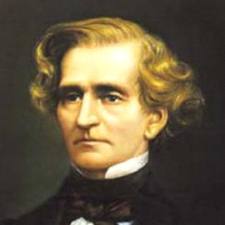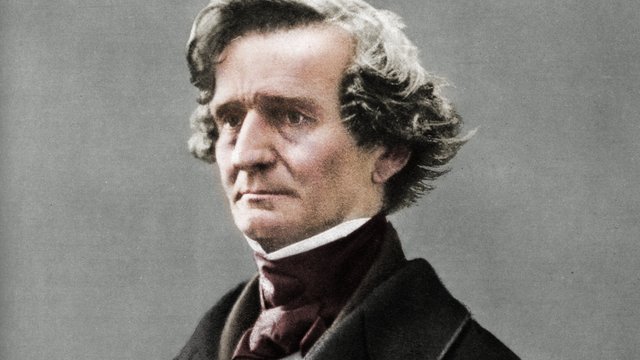The History of Harold in Italy by Hector Berlioz
Harold in Italy (original French title: Harold en Italie), Op. 16, is one of the most imaginative and distinctive works by French composer Hector Berlioz. Completed in 1834, this symphony with viola obbligato was inspired by both literary and personal sources, and represents Berlioz’s fusion of narrative, emotion, and orchestral color. It stands as a landmark in the development of program music in the Romantic era.
Genesis of the Composition
The origins of Harold in Italy can be traced back to the early 1830s, shortly after Berlioz achieved his first major success with the Symphonie fantastique in 1830. Around this time, Berlioz met the famed Italian violin virtuoso Niccolò Paganini. Paganini had recently acquired a Stradivarius viola and was looking for a substantial work to showcase his new instrument. He approached Berlioz, expressing interest in a concerto for viola that would display his virtuosity.
However, Berlioz had other ideas. He was not inclined to write a conventional concerto. Instead, he envisioned a large-scale orchestral work in which the viola would play a more poetic and introspective role, serving as the voice of a wandering character. This character was loosely inspired by the melancholic figure of Childe Harold, the protagonist of Lord Byron’s narrative poem Childe Harold’s Pilgrimage, which Berlioz had read and admired during his travels in Italy.
Berlioz began composing a symphony that blended elements of solo concerto, program music, and orchestral symphony. The result was a four-movement work where the solo viola does not dominate as in a traditional concerto, but rather weaves in and out of the orchestral texture, portraying the wanderer’s musings and reactions to the world around him.
Paganini’s Disappointment and Later Praise
When Berlioz presented the early sketches of Harold in Italy to Paganini, the virtuoso was disappointed. He had expected a work that would allow him to display his full technical brilliance on the viola. Berlioz’s composition, with its reflective and restrained solo part, did not meet those expectations. Paganini declined to perform it, and the premiere was given instead by another violist, Chrétien Urhan, on November 23, 1834, at the Conservatoire de Paris.
Though Paganini initially rejected the work, he later recognized its greatness. In 1838, after hearing a performance of Harold in Italy, he was so moved that he knelt before Berlioz and declared him a genius. Paganini later sent Berlioz a gift of 20,000 francs, a gesture of admiration and gratitude that allowed the composer to focus on his creative work without financial strain.
Program and Structure
Harold in Italy is subtitled Symphony in Four Parts with Viola Obbligato, and each movement is prefaced by a descriptive title, providing a loose narrative for the listener:
- Harold in the Mountains: Scenes of Melancholy, Happiness and Joy
- March of the Pilgrims Singing Their Evening Hymn
- Serenade of an Abruzzo Mountaineer to His Mistress
- Orgy of the Brigands: Memories of the Preceding Scenes
The solo viola represents Harold, the pensive and reflective traveler. Rather than engaging in virtuosic display, the viola acts as an observer, expressing Harold’s emotional responses to the scenes unfolding around him.
The first movement introduces Harold’s theme and establishes the tone of wandering and introspection. The second evokes the religious solemnity of a procession of pilgrims. In the third, the viola sings a romantic serenade, while the final movement explodes into wild, energetic music depicting a band of brigands—possibly symbolic of Harold’s memories and inner turmoil.
Musical Significance
Harold in Italy occupies a unique place in 19th-century music. It defies easy classification, blending symphonic form with solo instrumental writing, and reflecting Berlioz’s pioneering spirit. It is one of the earliest examples of a symphonic work built around a recurring character theme, a technique Berlioz had already explored in the Symphonie fantastique through the “idée fixe.”
The orchestration is vivid and imaginative, showcasing Berlioz’s genius for instrumental color and dramatic structure. The piece helped to expand the expressive possibilities of both the symphonic form and the viola as a solo instrument.
Legacy
Though initially met with mixed reactions, Harold in Italy has since become one of Berlioz’s most performed works and a cornerstone of the viola repertoire. It has inspired generations of violists and composers alike, admired for its poetic qualities, dramatic vision, and innovative structure. It remains a testament to Berlioz’s refusal to conform to tradition and his dedication to musical storytelling.


Comments are closed